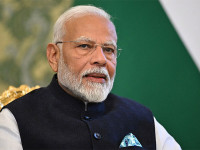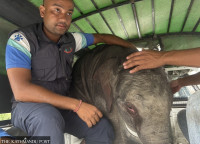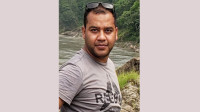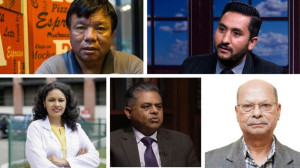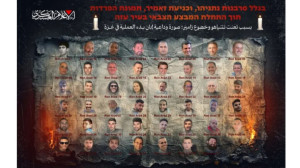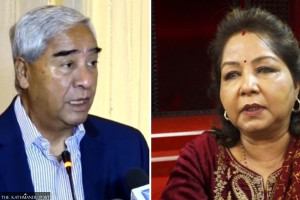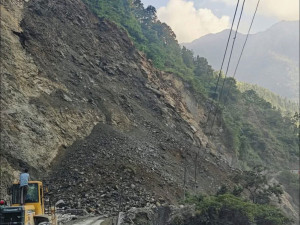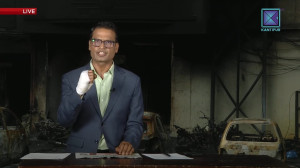National
NHRC’s plan to form a judge-headed panel to probe Tinkune riots hits a snag
All the high court judges the rights watchdog approached to lead the panel turn down the proposal.
Post Report
The National Human Rights Commission’s plan to constitute a high-level panel to probe incidents of violence in the pro-monarchy protest on March 28 couldn’t materialise after the retired high court judges it approached refused to lead the investigation panel.
Amid criticism from various quarters, mainly from the monarchists and their sympathisers over its impartiality, some members and officials in the commission had demanded a high-level committee. In a meeting on Thursday, they said a high-level committee was necessary to render a message that the commission was investigating the matter with top priority.
Manoj Duwady, a commissioner, said they have not been able to constitute the panel as all the former judges they approached rejected the offer.
“We had listed out four or five names of ex-judges who we thought could lead the probe effectively and credibly,” Duwady told the Post. “Sadly, all of them refused the offer.”
A senior official at the commission said former judges turned down its proposal saying they don’t want to get entangled in a political matter. “As the society is so polarised on the matter, they did not want to shoulder the responsibility,” the official told the Post.
The investigation department under the commission is already looking into the case. “We will explore more candidates while our internal panel continues the investigation,” said Duwady.
Officials of the department said they have visited the Tinkune-Koteshwar area, the site of violence, while also interacting with those being treated at different hospitals. “We will take support of forensic and security experts even if the plan to form a high-level panel does not materialise,” Yagya Adhikari, a joint secretary at the commission, told the Post. “We can investigate the incident fairly.”
Thirteen people among the 20 who sustained bullet injuries are being treated at different hospitals in Kathmandu. One of them died in the course of treatment on the same day. Similarly, a TV journalist, Suresh Rajak, was killed after the protesters set ablaze the house he was filming from in Tinkune. Though the government has announced free treatment of the injured, it has not announced any other kind of support.
Holding a press conference on Wednesday, Nepal Police said they fired 58 rounds of bullet, 746 tear gas shells, two bullets from pistol and 198 blank rounds in an attempt to control the situation that turned violent.
While the government and the police claim firing was necessary to control the situation, some argue excessive use of force instigated the protesters and demand the formation of an independent government probe panel.
Issuing a statement on the day, the commission had said, “The protesters broke through the police barricade at Tinkune and tried to enter the restricted area around New Baneshwar. A clash between protesters and security forces ensued, with protesters hurling brickbats at the police and private houses.”
Other than resorting to arson in the private and public properties, vehicles and looting the shops and supermarkets, the protesters had also attacked the commission’s teams deployed to monitor the human rights situation. One of the commission’s staff was injured, while the protestors misbehaved with commissioner Lily Thapa.
A senior official at the commission said the press statement was issued based on the reporting until 3-4 pm on March 28. However, the clashes had continued till the evening while the mob had been resorting to vandalism and arson even until 8 pm.
“We should have issued another statement incorporating all the facets of the incidents at night or the next day,” the official said. “I believe we failed in that front, making people raise questions over our observation.”
The official added, “Lets hope our probe team comes with a proper report to put an end to this criticism.”




 17.62°C Kathmandu
17.62°C Kathmandu
